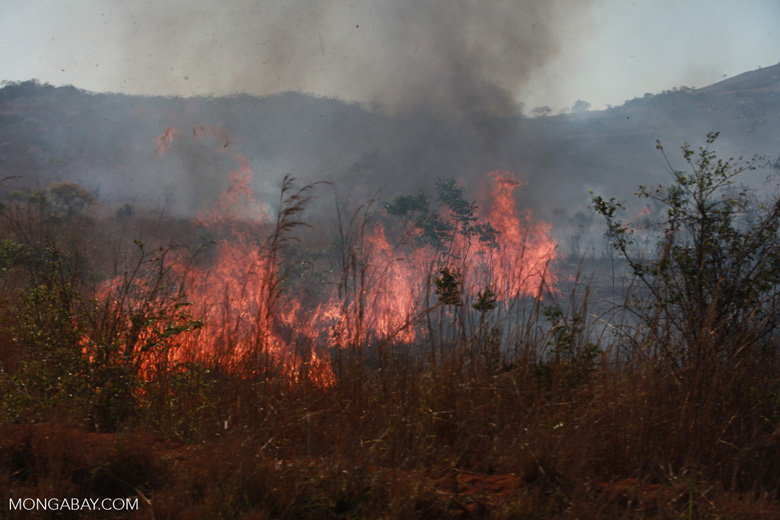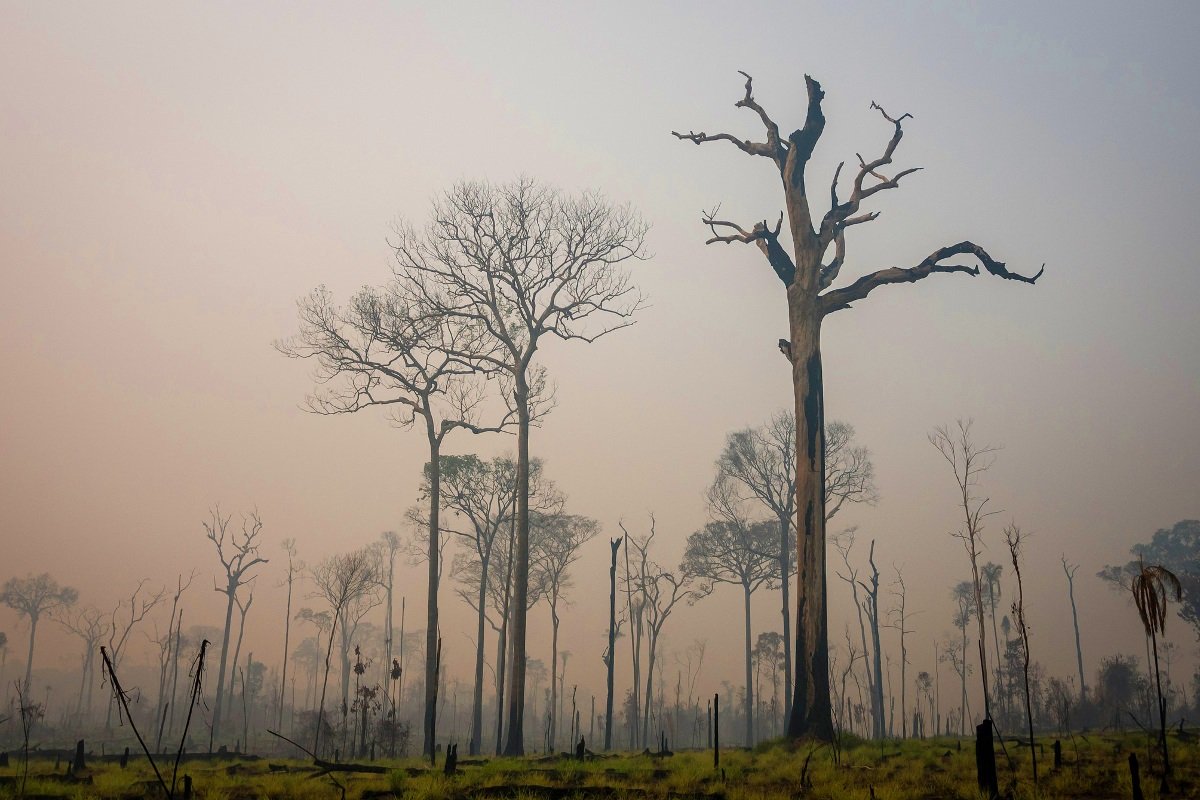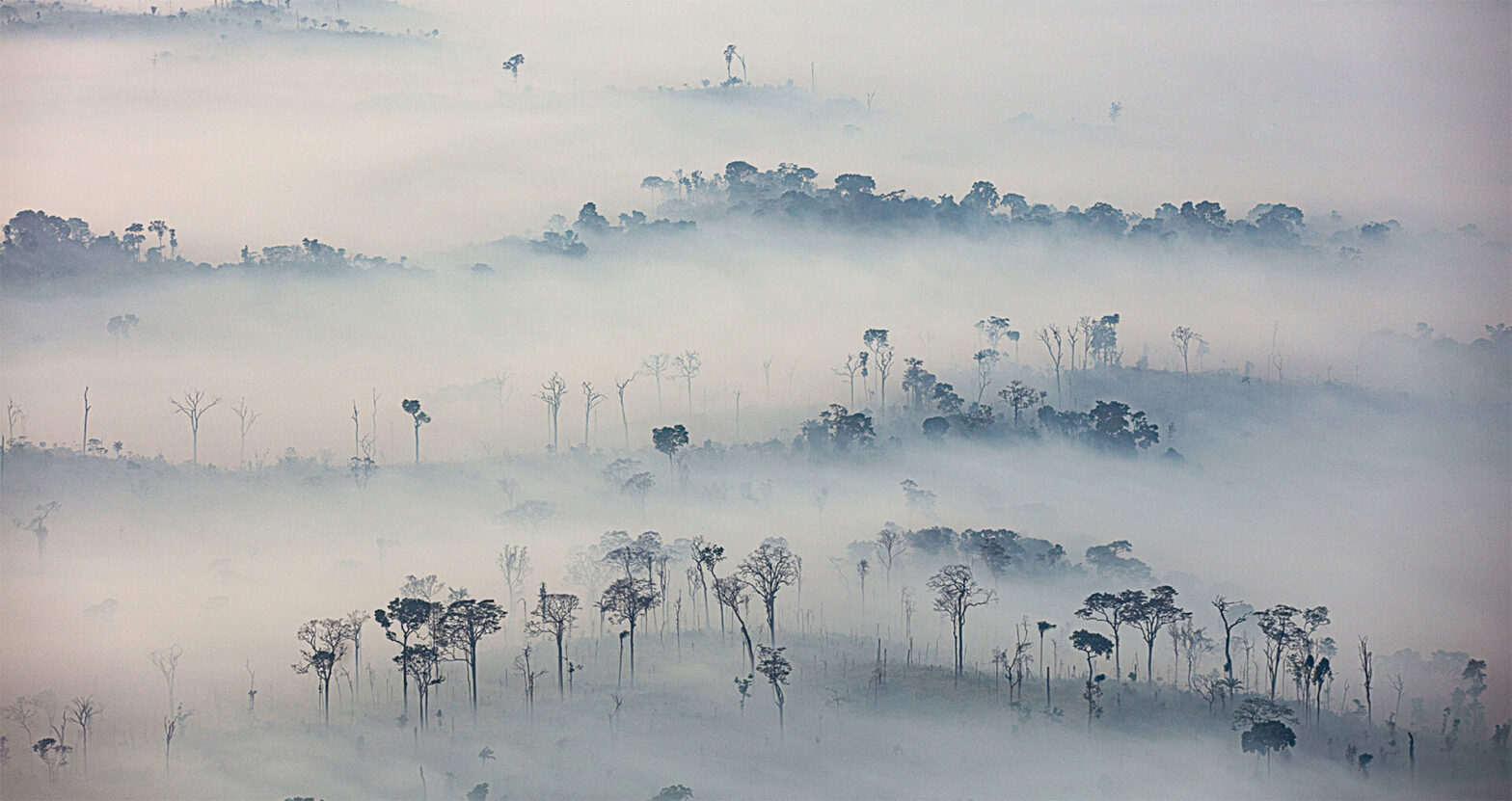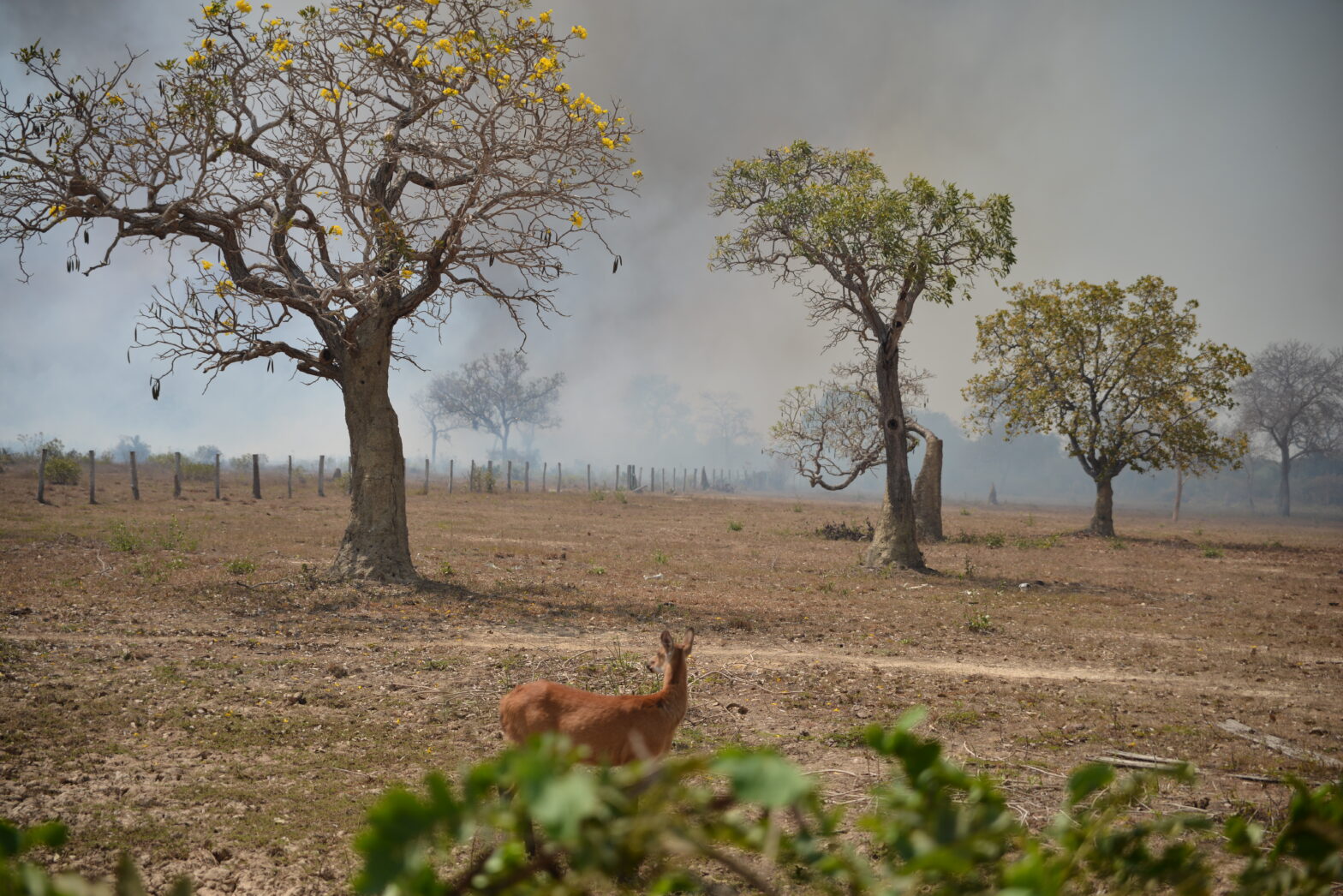They stress the need for global leaders to address the growing problem of tropical forest fires, to both protect wildlife habitat and improve public health.
The severe fires that have been ripping through Indonesia’s forests have rightfully been a focal point for international media this year, as reports of ecological disaster, innumerable greenhouse gas emissions and a looming health crisis filter through the haze that has covered vast swaths of the archipelago nation. However, another tropical region half a world away is dealing with its own serious blazes. Yet, even as world leaders convened in Paris for the United Nations conference on climate change, the fiery situation in the Amazon is getting little airtime.
Erika Berenguer and Jos Barlow, researchers associated with Lancaster University in the United Kingdom, wrote recently of the “exceptional” fires they have witnessed in the rainforest around Santarém, a city located in the state of Pará on the south bank of the Amazon River.
“For the past five weeks we have woken up under a thick veil of smoke. For days we are barely able to see the sun,” the pair wrote on December 2. “On many days last week visibility was less than 50 meters and the sun, once yellow, would rise red — if at all.”
In their post, Berenguer and Barlow pointed out that in November alone, a total of 18,716 fires were reported in the Brazilian Amazon. Small farmers attempting to clear land for agriculture usually start these fires, but often the blazes escape their intended area and seep out onto other forests.

This year’s El Niño weather has intensified dry conditions in both Indonesia and Brazil, Berenguer said, providing ideal conditions in the normally wet tropics for fires to burn unchecked.
“Most of the fires are just allowed to burn until they die off. However, certain protected areas count with fire brigades and in those few cases the fires are fought, but given that it is so dry the fire brigades have been struggling,” she told Mongabay in an email.
Unfortunately, she added, the local and federal government in Brazil made close to no preparations ahead of this year’s El Niño, despite the fact that scientists had warned of the effects that the weather pattern might have on the tropics.
Though it remains unknown how long it takes rainforests to fully recover from fires, a report by Barlow published in 2002 found that fires could kill up to 50 percent of larger trees, as well as small-stemmed trees. This in turn opens up areas of the rainforest canopy and permits more light and wind to reach the forest floor — paving the way for more fires to burn.
Brazil has cut back its emissions caused from tropical deforestation, after releasing an average of 1,066 million metric tons of carbon from 2001 to 2013, nearly 47 percent of the global total. From 2004 to 2009, however, the country reduced its emissions from 1,060 million metric tons to 482 million metric tons, a feat considered a huge achievement by climate scientists.
Still, Berenguer said, the reality on the ground paints a less optimistic picture for the future. According to the forest monitoring system Global Forest Watch, Brazil lost 2,262,241 hectares of tree cover in 2014 — Pará, located in the Amazônia Legal division – a grouping of the nine states that make up Brazil’s Amazon Basin – lost 473,843 hectares alone.
“Since 2005, Brazil has reduced deforestation rates in the Amazon by 79 percent. However, police makers largely ignore the impacts of human activities in remaining areas of standing forests,” she said. “As such, these forest fires are neglected and the resulting greenhouse [gas] emissions remain unaccounted for.”


Like in Indonesia, Barlow and Berenguer noted that the smog is having a negative effect on health in Amazonian cities: the duo noted that 12 cities declared states of emergency in October. Add that to the fact that many species living in the forest are threatened due to the fires, and the severity of the situation comes into focus.
“The impacts of the fire on biodiversity are likely to hit species with small range sizes the hardest if their life ranges burn,” said Berneguer. “In addition, the smoke created by forest fires are known to also take its toll on human health, with more people presenting respiratory illness. For example, all my field team is currently ill.”
A study published in Nature Geoscience earlier this year found reduced deforestation in the Amazon correlated to 1,700 fewer human deaths. But data from the Brazilian government indicate deforestation may once again be on the rise in the country.
Berenguer stressed the need for global leaders to take action against forest fires if they’re serious about limiting global warming in a meaningful way, given how important tropical deforestation is in the conversation surrounding climate change.
“The conservation of tropical forests is a vital part of avoiding greater effects of climate change,” Berenguer said. She added that leaders should not only place importance on deterring forest clearing, “but also that they strengthen the measures to avoid forest degradation through fires, which result in additional greenhouse gas emissions.”





